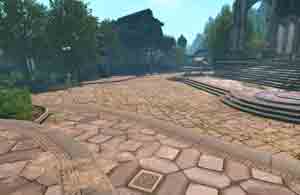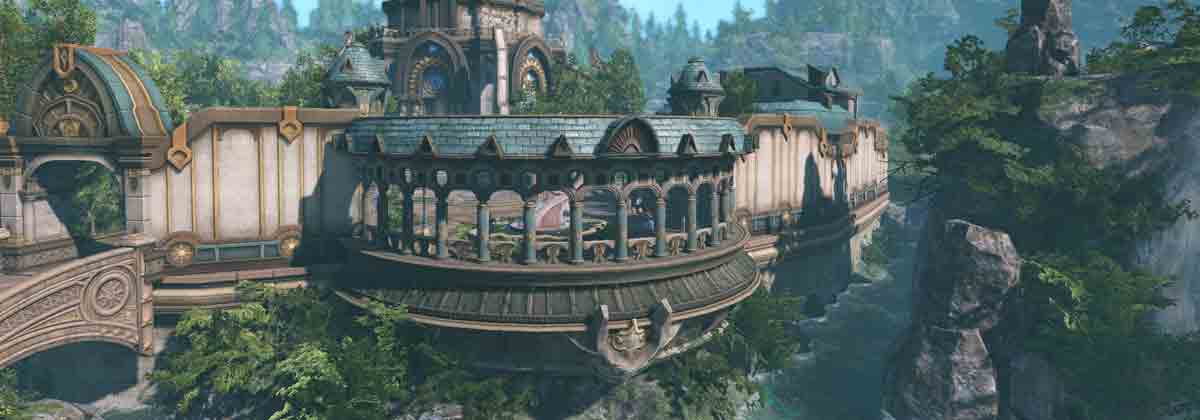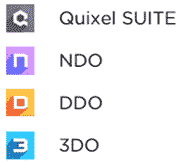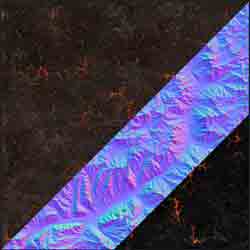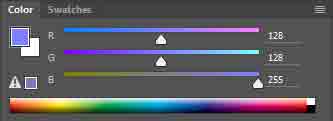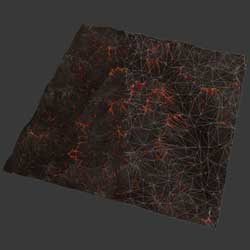Step 1: Usage of Tileable Maps
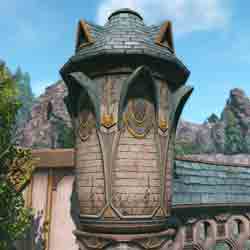
Tileable Maps
⚬ A tile map is used for not only 3D graphics, but also 2D graphics in the computer graphic industry. Generally speaking, the most common use of the tile map is mapping on tiled materials such as bricks or ground in the video game industry.
